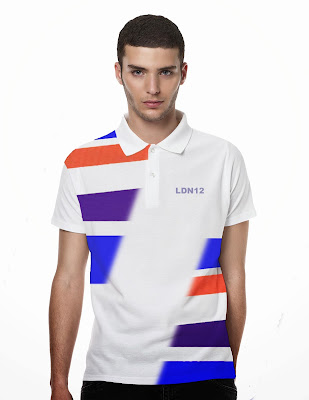This should be one of the biggest stories regarding polyester sports apparel.
When the European Consumer Organisation (BEUC) tested moisture-wicking, anti-bacterial polyester shirts they found a cocktail of hazardous chemicals.
In order to produce the final combination of colour and print on the shirts, hundreds of chemical compounds are used in the meshing of the fabrics. Some of these may be carcinogenic, impact negatively on the hormonal system, cause allergies or be harmful to the environment.
The risk increases particularly with sports apparel as they are often used in summer, during perspiration inducing sporting activities and come into direct contact with the skin. Sweat and movement friction can facilitate the migration of hazardous substances from the fabric to our skin.
Why are these shirts on the market although they pose risks for human health and the environment?
The EU legislative framework (REACH) is currently not strong enough to effectively protect consumers from hazardous chemicals.
When looking at the effect on human health, it is not only important to check the content of chemicals in a garment but also which percentage of these chemicals can be released under certain conditions, a test which is not required by REACH.
The EU regulatory system currently fails to take into account the chemical cocktail effect to which we are exposed when assessing the safety of chemicals, as it is mainly done based on a single substance approach. The presence of many different harmful substances demonstrates the need for the EU to bring a new approach to policy making which examines combined exposure to chemicals when carrying out risk assessment.
Finally, the EU regulatory system is currently unfit to adequately tackle chemicals which may negatively impact on our hormonal system (endocrine disrupters). Based on the latest scientific findings, it is assumed that some chemicals may already have a negative health impact in very low doses, in particular on the unborn child or babies.
What should I do if I wear these shirts?
As the shirts come in direct contact with the skin, we advise consumers wash the shirts before using them. Moreover, consumers should wear a natural fibre; cotton, underneath the polyester shirts when doing sport as this helps to prevent partially skin reactions due to the chemicals which may react with sweat.
In light of these (BEUC) test results and consumer advice, Golf Refugees contacted the Ladies European Tour to see whether they would issue these findings to their players. Unfortunately the LET ignored it.
Consumers have no idea what’s inside their sports apparel.
Happy New Year.
----------------------------------------------------------------------------------












